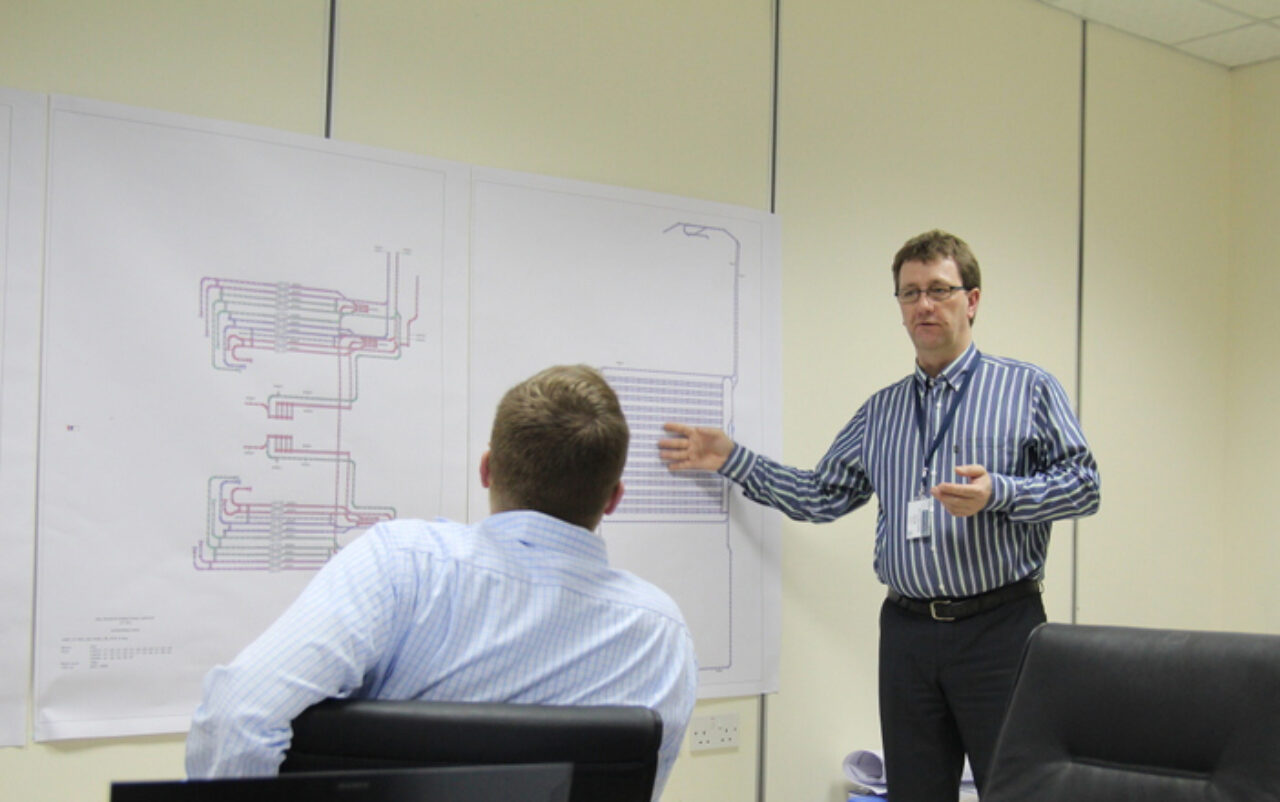What is the design-build method?
The design-build method differs markedly from its predecessor.
Traditionally, contracting arrangements between airports and their baggage-handling vendors have adopted the design-bid-build method.
The design-bid-build approach to BHS projects
Under this approach, a specific design is prescribed and contractors are invited to make a bid to build the design. This means that the successful contractor is locked into building the design specified in the tender, which sometimes is not necessarily the best fit for the airport.
This way of contracting may result in the building of expensive and inefficient BHS solutions, with no opportunity for improving the system design or developing alternative ideas to achieve the most efficient, space-saving and optimised system – all critical elements to lowering the airport’s OPEX costs.
On top of that, the airport typically accepts the lowest bid, leaving no room for uncertainty or adjustment as the project progresses. In these circumstances, a design-bid-build contract for a new or improved BHS can lead to change orders and claims, that may lead to project delays and budget overruns.
The design-build approach to BHS projects
In the design-build form of project delivery, the contractor or supplier is responsible for both system design and the build. It means the contractor is not tethered to another entity’s design which may or may not be the most suited to the airport in question.
The design-build scenario aims to achieve the best fit for the airport’s BHS particular operations and requirements through tailored designs. It puts the design in the hands of the design-builder, who develops the cost models and schedules to be used in the early planning and design phases to provide reasonable estimates.
The benefits of the design-build method for airports
There are many advantages for airports to this method of contract delivery.
With all parties working in collaboration, airports can come up with customised and more suitable BHS designs – systems that better fit the airport’s existing or proposed building and that can result in a smaller footprint. By closely collaborating with the vendor the airport doesn’t need to settle for a one-size-fits-all solution, but can better utilise all the special features of the vendor’s specific equipment to meet its exact requirements. This typically leads to smaller systems, better utilisation of space and ultimately a lower system life-cycle cost.





